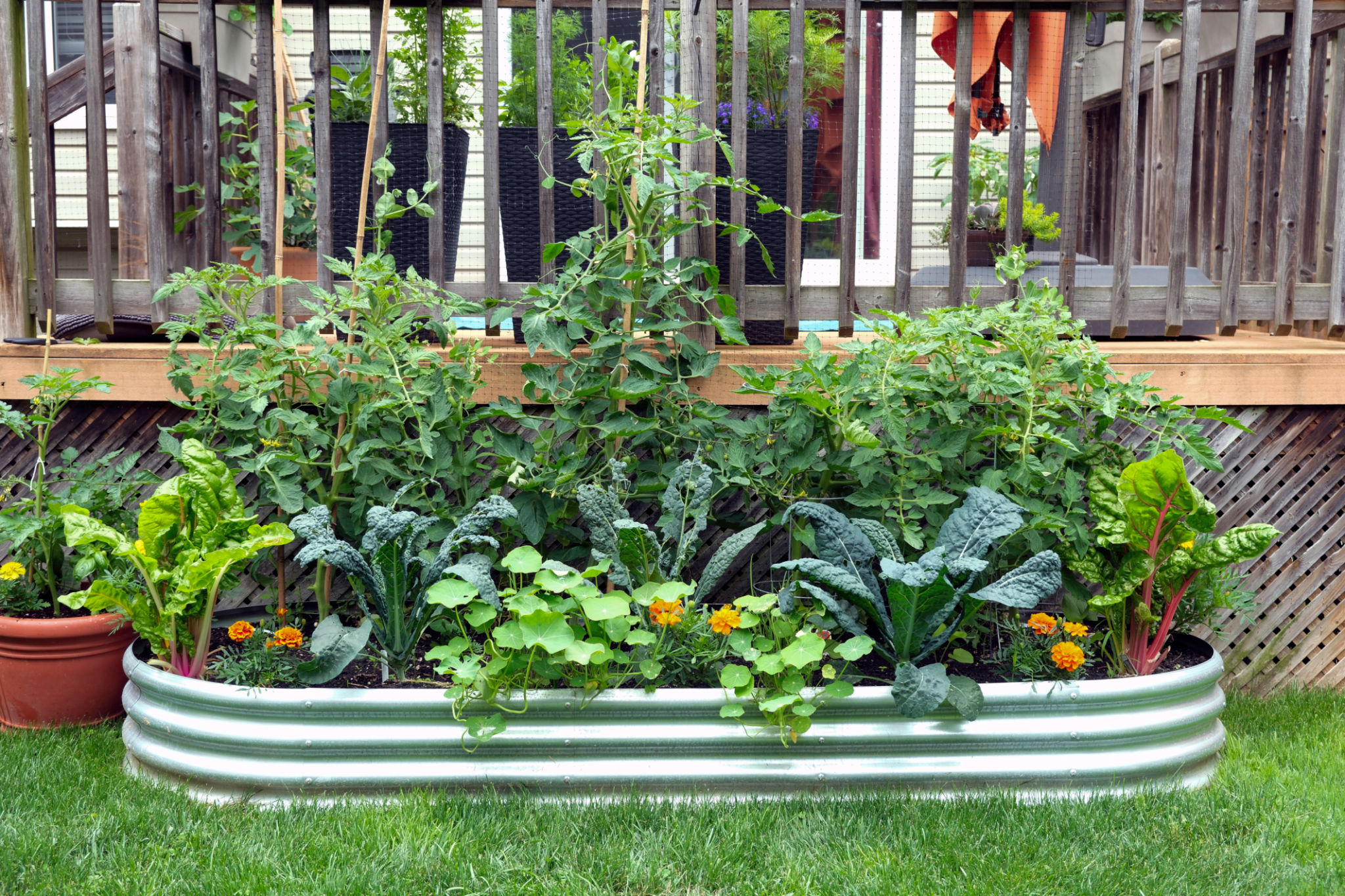DIY Landscaping Projects: What to Know Before You Start
Embarking on a DIY landscaping project can be a rewarding experience, transforming your outdoor space into a personal oasis. However, before you dive in, there are several important factors to consider to ensure your project is a success. From planning to execution, each step plays a crucial role in achieving your desired results.
Start with a Plan
The first step in any DIY landscaping project is creating a comprehensive plan. Take time to sketch out your ideas and consider the functional needs of your space. Think about how you want to use the area—will it be for entertaining, gardening, or relaxation? Planning helps you visualize the end result and identify any potential challenges early on.
It's also important to assess your budget at this stage. Determine what materials you'll need and research their costs. This will help you avoid any surprises down the line and keep your project within financial limits.

Understand Your Landscape
Every landscape is unique, so understanding the specific characteristics of your yard is essential. Consider factors such as soil type, sunlight exposure, and climate. These elements will influence the types of plants and materials best suited for your project.
If you're unsure about these aspects, it may be beneficial to consult with a local expert or use online resources to gather information. Knowing your landscape's conditions will help you make informed decisions and ensure the longevity of your project.
Choose the Right Plants
Selecting the right plants is crucial for a thriving landscape. Opt for native plants that are well-adapted to your region's climate and soil conditions. They typically require less maintenance and are more resistant to local pests and diseases.
Additionally, consider the growth habits of the plants you choose. Some may require more space as they mature, so ensure your design allows for future growth. This foresight will prevent overcrowding and reduce the need for frequent replanting.

Gather the Necessary Tools
Having the right tools on hand can make or break your landscaping project. Basic tools such as shovels, rakes, and pruners are essential for most tasks. Depending on the complexity of your project, you might also need more specialized equipment like a wheelbarrow, tiller, or edger.
Investing in quality tools can save you time and effort in the long run. If purchasing isn't feasible, consider renting or borrowing from friends or family. This way, you can access what you need without breaking the bank.
Consider Maintenance
Before finalizing your design, think about the maintenance requirements of your landscape. While some may prefer a low-maintenance approach, others might enjoy spending time tending to their garden. Your lifestyle and preferences should guide this decision.
A well-maintained landscape not only enhances curb appeal but also adds value to your home. Plan for regular upkeep tasks such as watering, pruning, and mulching to ensure your landscape remains beautiful throughout the seasons.

Safety First
Safety should always be a priority when working on any DIY project. Wear appropriate protective gear like gloves, eyewear, and sturdy footwear to protect yourself from potential injuries. Be mindful of power tools and follow all safety guidelines provided by manufacturers.
Additionally, if your project involves heavy lifting or extensive digging, don't hesitate to ask for help. Having an extra pair of hands can prevent accidents and make the work more enjoyable.
With careful planning and consideration of these key factors, your DIY landscaping project can be both enjoyable and successful. By investing time in preparation, you'll create an outdoor space that meets your needs and enhances your home's beauty for years to come.
